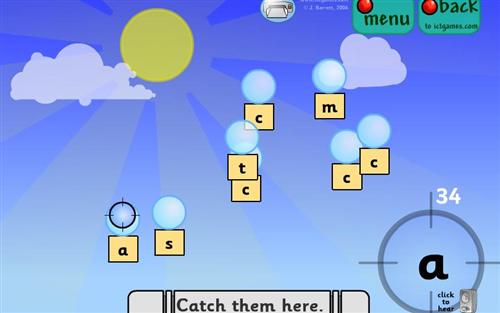
Dyslexic kids benefit greatly from early intervention. Early detection by parents or school teachers is key. Studies have shown that when a child is given intervention at a younger age, progress is much faster than at a later age. If your child has one or two of the following signs, it does not mean that they have dyslexia. But having several of the signs listed in this article means that you should most probably get an assessment done for your child.
1. Does better at explaining things verbally than in writing
Most of my students are perfectly capable of narrating what happened earlier that day in school, or in recounting their most recent vacation experience. They provide lots of details and make a good storyteller. When I get them to write down what they had just said a minute ago, they stare at the blank paper, unable to write down what they had just described.
2. Failing in school
As children with dyslexia might be unable to read without explicit instruction, they often go through primary school failing test after test because of their inability to read and understand the questions.
Some have even progressed all the way to Primary 4 and beyond because in Singapore, students are simply promoted even if they fail their exams. They usually copy their classmate’s homework to avoid being punished.
These kids would be in for a rude shock come PSLE (Primary School Leaving Examination) where they might fail, causing them to have to be retained a year in Primary 6.
3. Forgetful (low executive functioning)
Students with dyslexia are often the ones who forget to show their parents the consent forms needed for school excursions, and would also usually forget to hand in their homework.
When questioned, they say that they had genuinely forgotten, and no amount of punishment would help. This is not done on purpose, but occurs because they have low executive functioning skill, causing them to have short-term memory.
4. Reverses letter sequence such as “felt” for “left”
Teachers of dyslexic kids will be highly cognizant of this fact. In any written work, essays or otherwise, words of every sort will be misspelled. The letter sequence reversal is one of the most commonly seen mistakes that these students make. If this keeps occurring even after correction has been done several times, it’s a cause for concern.
5. Avoids reading aloud
As children with dyslexia face trouble reading, they would usually not embarrass themselves by reading passages aloud. At home, they may stare silently into books or homework, and flip the pages accordingly, but when questioned on the content, would be unable to provide any answer.
Some mask this by giving excuses when told to read aloud.
6. Has trouble with word problems for Mathematics
I have noticed that for students with dyslexia, they usually do better in the questions that are straightforward and only require them to do basic arithmetic, such as addition or subtraction. When the same numbers are placed in a lengthy word problem, they would usually leave the question blank. Alternatively, they would provide random calculations, so as not to be scolded for leaving the question blank.
7. Has poor recall of facts
This varies from child to child, but sometimes information-heavy subjects, such as History and Geography, are anathema to them because they find it frustrating to commit the hundreds of facts to memory.
8. Spells the same word differently in a single piece of writing
A word like “disguise” can be spelt “disgiuse”, “desguise”, “digusie” and so on, all in a single essay. This is very common in dyslexic kids and reveals the inability to remember how words are spelt.
9. Word reversals such as “pit” for “tip”
Finally, word reversals that persist are a tell-tale sign of dyslexia. Mistaking “god” for “dog”, “nip” for “pin” whether on paper or in speech are common errors that are frequently made.
I hope these 9 signs have proven useful. However, this does not replace a proper assessment and a child can only be diagnosed to have dyslexia by a qualified educational psychologist.
If you suspect your child has dyslexia, please do not hesitate to engage a clinical psychologist to assist you.
If you’ve already got a diagnosis, you can always engage our services as we provide educational therapy by qualified personnel, dedicated to helping your child achieve their best.
Email us at the.alternative.edu@gmail.com or call us at +65 8366 7949, or fill up our Contact page for more information.













